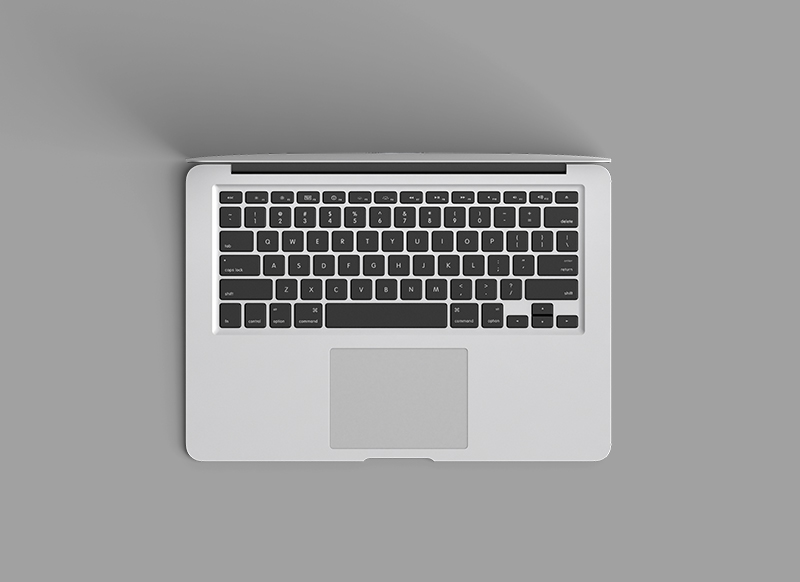Back in late 2006 Nintendo released the ‘Wii’, a motion controlled games console, inspired by the Virtual reality glove. It proved to be a worldwide hit and introduced a new gaming experience for users. Technology trend experts like Pixel are now predicting that virtual reality will be explored by businesses in 2016. Walking around a virtual world will give you the impression of a real scene as things get bigger as you walk towards them and smaller as you walk away.
Wearable goggles will create a virtual experience which make business operations more productive and engaging. This could improve the way in which we preview a new office building, host industry talks and learn new training material. Imagine moving your department into a new building and being able to interact “virtually” with objects in the room. It would help you to make decisions on the suitability and location of office space by enabling you to “walk” virtually to a meeting room or to position a team of individuals in an office environment.
The vivid nature of virtual reality also gives the opportunity for improved business training sessions. A new employee could be able to look around a room, interact with objects, and meet other people virtually; Trainers would only need to record sessions once and the material could then be used by multiple new hires. Virtual reality would also provide a more productive way for businesses to hold conferences and meetings. Workers would be able to review a new product and tap in and out of meetings, saving the cost of travel.


